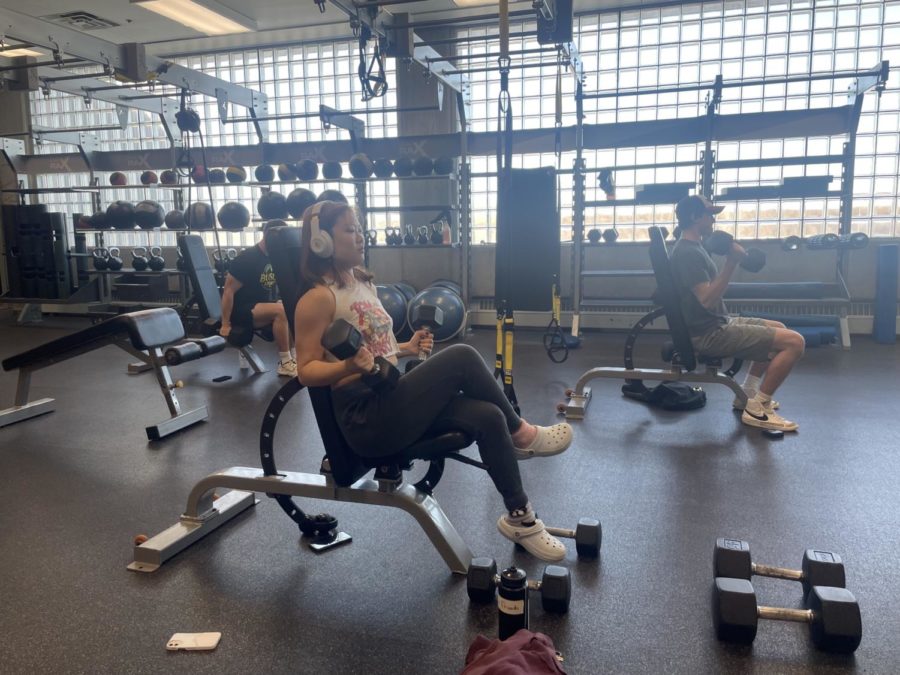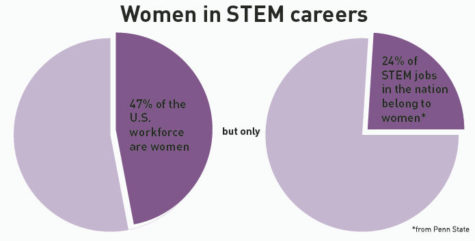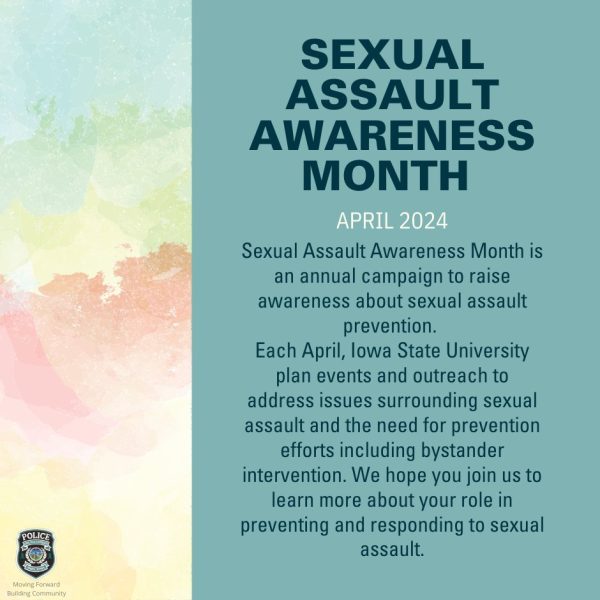‘A hyper-masculine environment’: Students share experiences within Iowa State gyms
`
Liv Wang, a junior studying genetics, lifts weights at State Gym Feb. 5.
For many women-identifying students, going to Iowa State gyms can sometimes seem daunting because they are often dominated by men.
Although no individuals are purposefully excluded from working out, some individuals feel like they don’t belong, according to Lauren Anderson, a sophomore in graphic design.
“I have noticed that the demographic at the ISU gyms skews very male,” Anderson said. “It makes me sad because I know many women who want to go to the gym but do not feel comfortable because of that hyper-masculine, toxic environment.”
Areas in the gym such as weight racks and machines tend to be sections overcrowded with men, according to Anderson.
“I often feel like I do not belong at the gym,” Anderson said. “Not just because I’m a woman, but because I don’t look like the ‘typical’ gym goer.”
Anderson said venturing into areas mostly occupied by men in the gym often leads to stares.
“One time I was using the lat pull-down machine, and this guy got very close to me while waiting for me to be done,” Anderson said. “I have never seen this happen to a man.”
Other students share similar experiences and feelings about male-dominated sections in the gym.
“If there are a bunch of guys in an area I want to go to, I’ll usually stay away in fear of looks or remarks,” Marielle MacDonald, a sophomore in English, said. “I tend to stick to working out on things such as the bikes that are considered more ‘female’ equipment.”
Women are often not respected in the gym as much as men are, Anderson said, as they are objectified while men are praised.
“I’m wondering if other people of different genders feel comfortable enough to come to the gym in the first place,” MacDonald said. “Since there are more men at times, I assume that maybe other girls don’t like the environment, so they don’t attend.”
Although these feelings of exclusion persist, many notice that women and those of other genders have begun to attend the gym more often.
“I noticed that it was mostly male-dominated before COVID,” said Cole Keenan, a senior in industrial design. “But within the past three years, the mix of genders has grown.”
This growth in attendance could be attributed to a rise in social media fitness influencers, according to Keenan.
“There are so many [fitness] influencers of various genders,” Keenan said. “I think it’s a great source of encouragement for anyone who watches them.”
Feelings of rejection within the gym continue, but students note that the environment isn’t always that of aggression.
“Most of the time the environment is welcoming,” MacDonald said, “but I go at times when a lot of other girls go, so I’m in good company.”
Within recent years, the Iowa State gyms have offered fitness classes for students to participate in, including many female-focused classes.
“I do like that these classes have their own private space,” MacDonald said. “I think that they can help individuals who are uncomfortable at the gym feel safe with their workouts.”
Your donation will support the student journalists of the Iowa State Daily. Your contribution will allow us to purchase equipment, send our student journalists to conferences and off-set their cost of living so they can continue to do best-in-the-nation work at the Iowa State Daily.

















Jenna | Feb 15, 2023 at 3:46 pm
While I am not a student at this school, I have felt a very similar environment at my own university and community gym. I am grateful for the events organized for women and underrepresented genders. These environments are inherently more welcoming and judgment-free. It is nice to see someone write about the toxicity and harassment some of us feel when going to the gym. I am not saying all environments are like this, but too often they are. This article isn’t targeting all men, but it is important to acknowledge the opinions and experiences being written about. Instead of commenting hate, rethink your view and try to understand what perspective this is coming from. We are not here to hate and criticize, but rather to create a more welcoming environment where conversations like these are welcomed.
AntiWoke | Feb 15, 2023 at 12:18 pm
Neo-Marxist “woke” Critical Theory is alive and well at ISU. Neo-Marxism, which has a goal to make culture and identity malleable, is a theology and it should be illegal to indoctrinate students like this. They criticize everything, and understand nothing.
Carl Miller | Feb 14, 2023 at 10:45 am
This has to bea joke right? Or has this person just never been to a crowded gym before? I’m a guy, and will constantly get stare downs and people hovering/asking me if im done because they want the machine I’m using – that’s just the norm. This comes off as incredibly conceited if nothing else. I promise you they’re not thinking of you nearly as much as you seem to think they are
Inclusionforall | Feb 14, 2023 at 5:26 am
Testosterone is a powerful hormone; many men, while working out, have increased testosterone production. But ask any guy there; they would not put up with seeing a female student being harassed in any manner. This article seems to touch on the idea of one’s own confidence with their appearance; many men also feel judged when they go to the gym; ask any skinny guy, and you will see this is true, But as you gain the confidence, you will make friends both male and female. The gym is not a predatory environment, and young men are not the enemies of young women.
Julie Charlson | Feb 13, 2023 at 9:03 am
Who is this “Anderson” person who is quoted in this article?